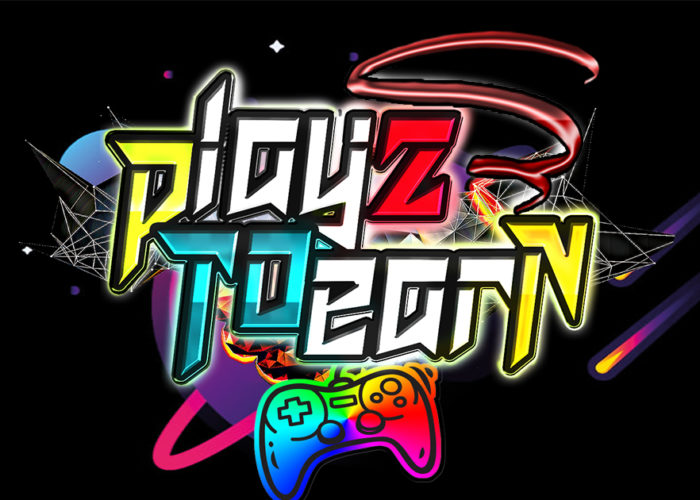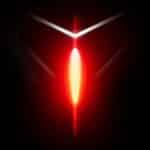The world is on the cusp of a digital revolution, with innovation disrupting the way we do everything, from using appliances and gadgets to performing financial transactions.
New Asset Classes
The digital economy is growing at a fast rate all over the world. The current digital economy is characterized by the creation of new asset classes and digitization of traditional assets. Emerging technologies, such as the blockchain, artificial intelligence (AI), Internet of Things (IoT) and 3D printing, are playing a pivotal rule in fueling this growth.
The new technologies feature assets that have the potential to dominate the global economy in the future. For instance, the blockchain has virtual coins and tokens whose popularity has grown exponentially in a short time period.
Big Players Entering the Game
The blockchain enables users to perform transactions securely and much quicker than traditional methods. The features of the blockchain have attracted many prominent technology and financial companies, including IBM, Oracle, JP Morgan Chase and Boeing. For instance, IBM recently teamed up with Stronghold, a financial technology company, to launch a dollar-backed cryptocurrency called Stronghold USD. This virtual currency is an example of how consumer confidence in a traditional asset (fiat-currency USD in this case) is used to support a digital asset.
There are also examples where companies are combining two new technologies to provide solutions for the future. Aerospace giant Boeing recently announced a collaboration with artificial intelligence company SparkCognition to develop blockchain-using traffic management solutions for unmanned air vehicles.
The Game Changer
The tokenization of assets isn’t limited to traditional assets such as currencies. The new market can utilize the intrinsic value of a wide variety of assets to provide security tokens. The blockchain can be a differentiating factor between security tokens and traditional securities. The use of smart contracts on the blockchain eliminates the need for a middleman, thus reducing transfer costs. This usability of the blockchain has the potential to significantly affect the traditional banking system. It may also eliminate the need for money as a medium exchange, as all assets are liquid, instantly available and divisible.
Automation and artificial intelligence have already made their mark in many markets. Trading algorithms have overtaken human traders. In the manufacturing sector, machines have taken many of the jobs previously performed by humans.
Need for a New Framework
In this rapidly changing economy, it’s no longer feasible to rely on traditional models and methods of making decisions. To keep up with new developments, such as DAO, AI, VR, P2P and M2M, it’s imperative that we develop a new framework. In other words, we need to move beyond the Munger’s Mental Models and focus on digital models, such as network theories and exponential growth models.
The digitization of our economy is taking place at a rapid pace. With time, we will get a clearer picture of which developments will dominate this new web 3.0 economy, but it’s clear that this economic revolution is taking place on a global scale.












No Comment! Be the first one.